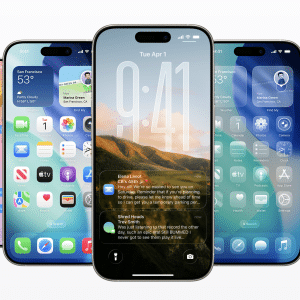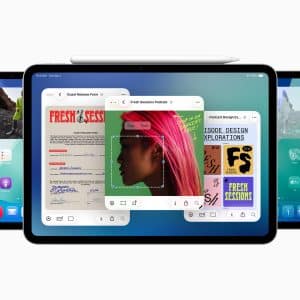Unveiled for developers in June 2025, these updates prioritize practical impacts, helping users understand and manage their device’s battery life more effectively. The changes, also available in iPadOS 26, focus on transparency and control, making it easier to identify power-hungry apps and extend daily usage.
A Clearer Picture of Battery Usage
iOS 26 now shows you how long it will take for your battery to be fully charged pic.twitter.com/w6bbGdO8R3
— Aaron (@aaronp613) June 9, 2025
The updated Battery interface starts with a straightforward display of your iPhone’s current battery level and the time since its last charge. If the device is charging, a timer estimates when it will reach full capacity. Gone is the old split of 24-hour and 10-day usage views. Instead, iOS 26 provides a weekly overview, showing your average battery consumption alongside a comparison to your current usage. This feature flags whether you’re using more, less, or about the same battery as your typical day, highlighting apps that drain more power than usual.
For example, the system might note that a social media app consumed 20% more battery due to extended background activity. Detailed breakdowns reveal if an app ran in the background longer, stayed on-screen more, or sent excessive notifications. Users can tap through the past seven days to review daily battery use, with data split into active use and screen idle time. Charging sessions are also logged, showing when and how long the device was plugged in.
New Power Management Tools
The Battery Health section remains, displaying charge cycles and maximum capacity, alongside the option to cap charging at 80% to preserve long-term battery health. iOS 26 adds a Power Mode menu with two options: Low Power Mode, a familiar feature that reduces performance to save energy, and the new Adaptive Power Mode. Adaptive Power Mode intelligently detects high-usage periods and makes subtle adjustments, like dimming the display or throttling background tasks, to stretch battery life without noticeable performance hits.
These tools empower users to make informed choices. For instance, Adaptive Power Mode might kick in during a day of heavy gaming, reducing brightness slightly to keep the iPhone running longer. The feature balances performance and efficiency, catering to both power users and casual ones.
The iOS 26 battery overhaul addresses a core user need: understanding and controlling battery life. By pinpointing power-heavy apps and offering tailored management options, Apple makes it easier to avoid unexpected shutdowns. The weekly comparison and detailed app insights provide clarity, while Adaptive Power Mode offers a smarter alternative to the all-or-nothing Low Power Mode. These changes reflect Apple’s focus on practical innovation, ensuring iPhones remain reliable throughout the day.
However, the updates are exclusive to iOS 26 and iPadOS 26, with no changes to macOS battery readouts. Currently in developer beta, iOS 26 will hit public beta in July 2025 and launch widely in September. As users await the release, these tools promise to make battery management more intuitive and effective.









